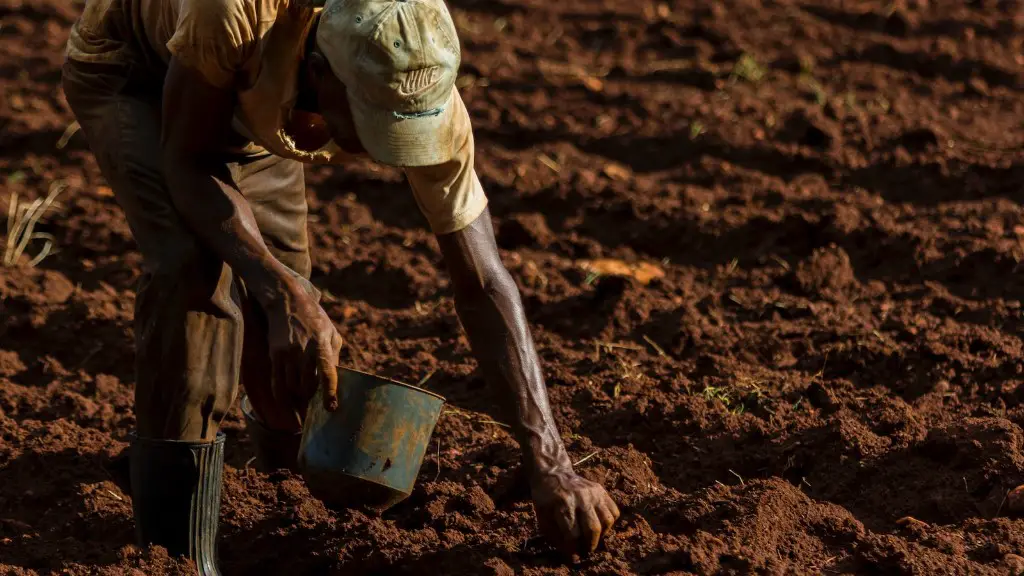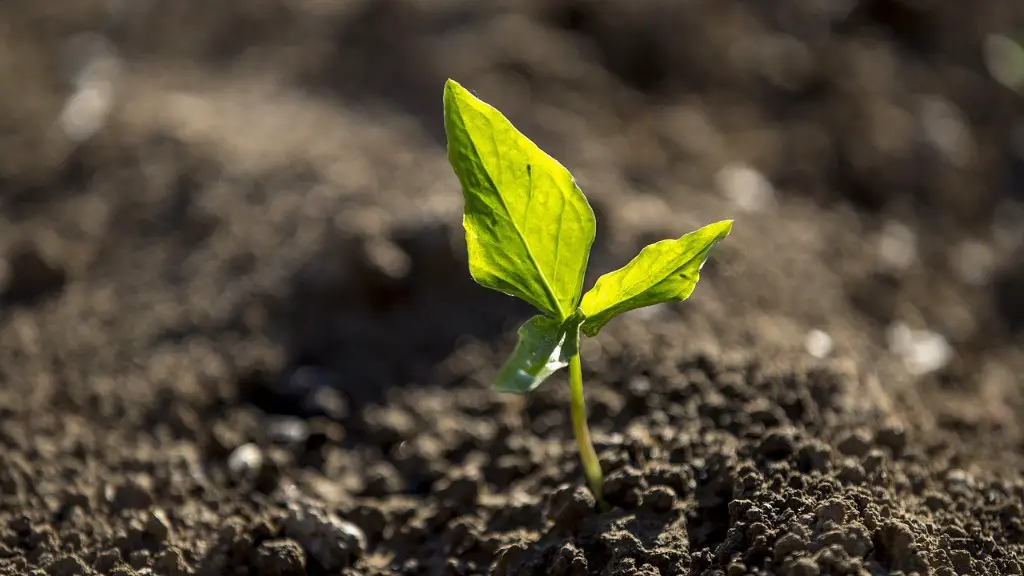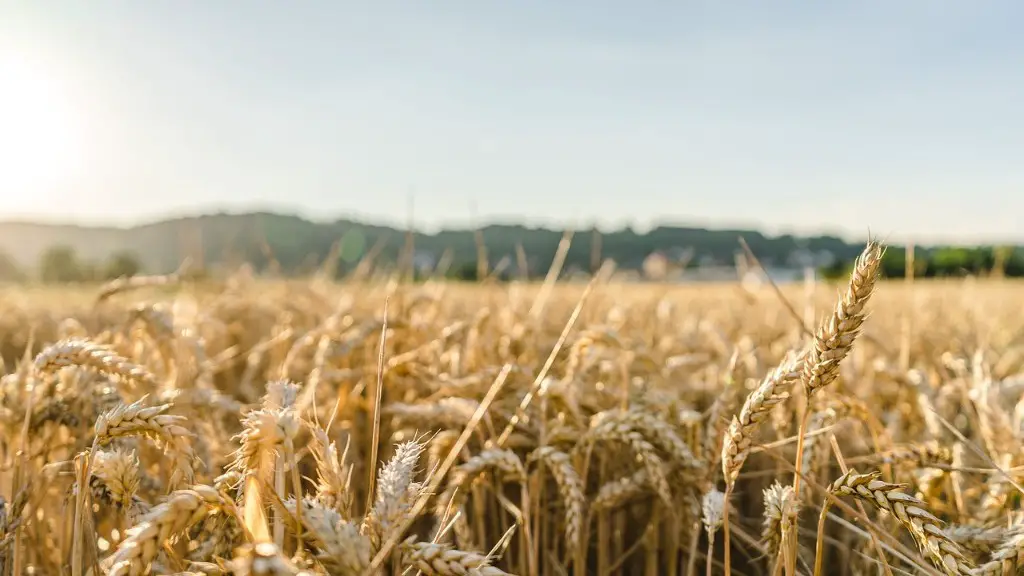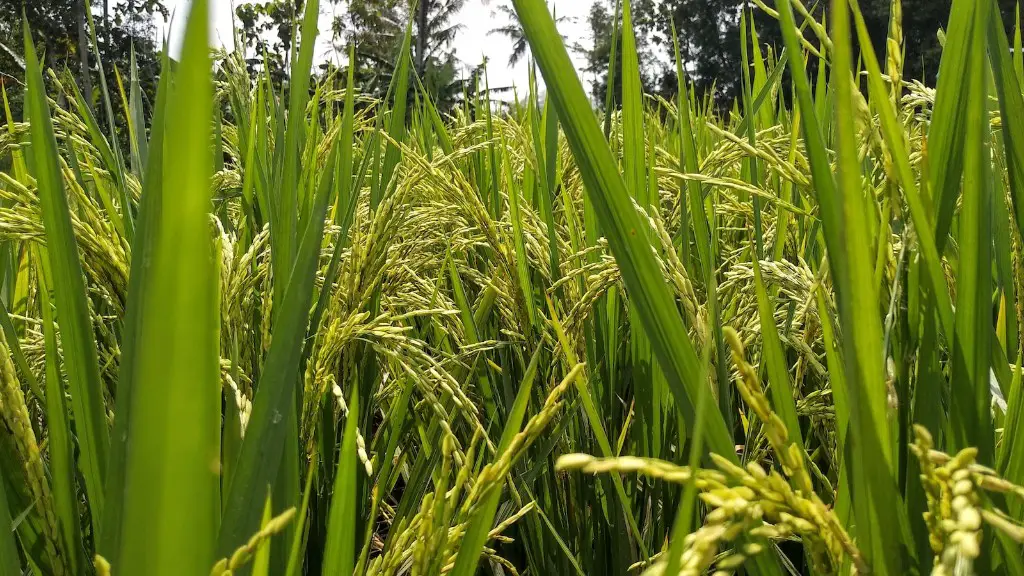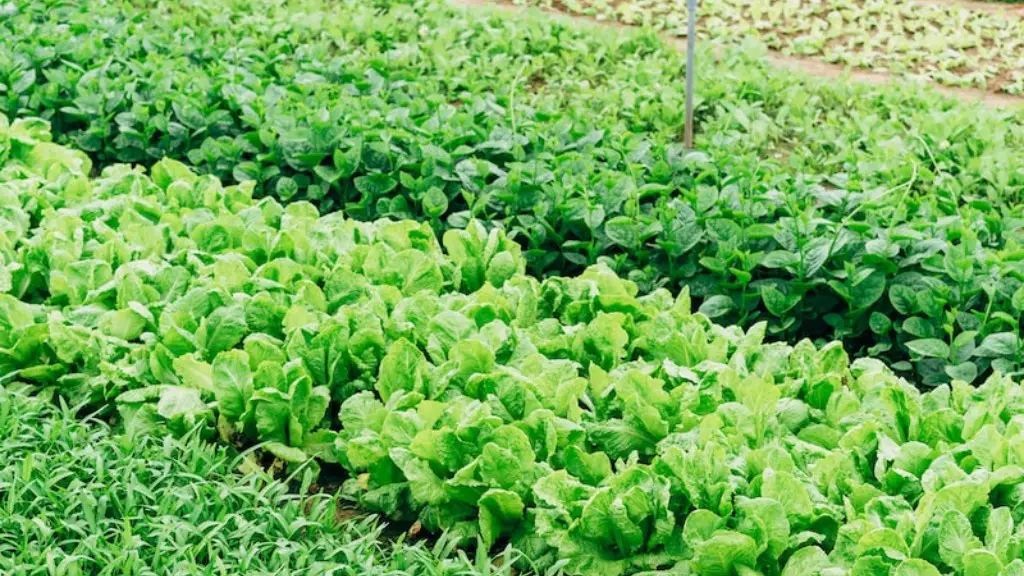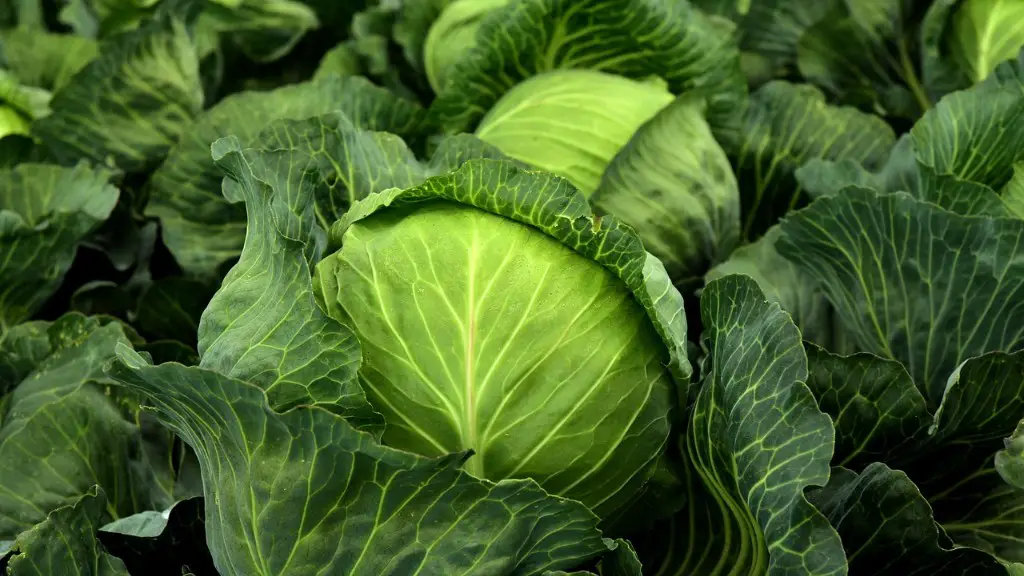Urbanization is an important factor in the growth of agricultural markets and the overall impact of the development of regional economies. The effects of urbanization on agriculture are complex and vary depending on specific circumstances and locations. This article will discuss how urbanization influences agriculture and will provide some suggestions on how to adapt to this trend.
Agricultural land use is the most direct concern of urbanization. The increased demand for housing and businesses lead to the development of land near cities, which reduces areas suitable for growing crops. In some cases, urbanization leads to the depletion of natural resources such as water, soil, and fertilizer. This can also lead to the reduction of land diversity, as monocultures are used to maximize yields in a limited area.
Urbanization is also an important factor in the changing of rural economies. Cities draw in people from the agricultural sector looking for better jobs and improved standards of living. This ultimately leads to a shortage of agricultural labor, which hinders production. Additionally, the increased demand for agricultural products raises their prices, providing some farmers with more incentive to focus on more profitable activities.
As cities become larger and more populated, the food needs of their inhabitants also increases. In some cases, urban areas are no longer able to produce enough food to meet their own needs. This leads to a reliance on rural areas for food production, affecting the agricultural markets and rural communities.
Urbanization has impacted infrastructure in a variety of ways. One major way is related to transportation. As cities become more complex and their populations grow, they need more transportation networks. This leads to the displacement of some agricultural land, reducing the area available for agriculture. Changes in transportation networks also affect rural communities by altering their access to markets and other resources.
Urbanization has also increased the demand for food processing and other agricultural related services. Some of these services can bring added value to the agricultural sector, such as new technologies, marketing assistance, and consulting services. This increases the profitability of farms and also boosts local employment opportunities.
Finally, urbanization has had some positive effects on agriculture. Cities can provide regional markets and financial resources for farmers, which can be especially useful for small and medium-sized farms. In some cases, the increased demand for agricultural products in cities can also generate new opportunities for farmers.
Social Effects
Urbanization affects the social aspects of agricultural life in a multitude of ways. Rising rural-to-urban migration alters the socio-economic fabric of rural communities. This leads to a decrease in the agricultural labor force, which can lead to an increase in the mechanization of farming. This can in turn lead to a decrease in employment opportunities for rural communities.
As cities expand, this also leads to an increase in competition and conflict between urban and rural areas. This can present new challenges to farmers, who must compete for limited resources in order to remain competitive. Additionally, urbanization can result in the fragmentation and loss of traditional agricultural land, which can lead to the erosion of rural culture and knowledge systems.
Urbanization can also lead to inequality in terms of access to resources. Urban dwellers often possess greater purchasing power than rural populations, allowing them to buy more expensive products, such as organic or sustainably produced produce. This could result in decreased economic opportunities for rural producers, and has been highlighted as a significant source of inequality in food systems.
Urbanization can also lead to environmental degradation, as cities often require large amounts of natural resources to sustain their growth. This can be particularly damaging in areas where agricultural land is degraded due to urban encroachment. In addition, urban areas can lead to the over-use of groundwater in rural areas, causing water scarcity and the depletion of aquifers.
Finally, increased urbanization can lead to increased food insecurity in both rural and urban areas. Cities rely on rural areas for food production, creating an unequal power dynamic that places urban consumers in a position of greater bargaining power vis-à-vis rural producers. This can lead to increased exploitation of rural populations, with farmers receiving lower prices for their products than what would be fair.
Economic Effects
Urbanization can have significant economic implications, both in terms of the agricultural sector and in the broader economy. The increased demand for housing and services in cities can cause land prices to rise, which can lead to the displacement of agricultural land. This can reduce the availability of land suitable for agricultural production, resulting in higher costs for farmers.
Urbanization can also have an impact on agricultural markets. As cities become more populous, they often require an increased amount of food to meet their needs. This can lead to a shift in market demand, with more of the agricultural production being devoted to urban markets. This can result in reduced prices for agricultural products in rural areas, limiting the incomes of rural farmers.
The construction of infrastructure related to urbanization is also an important factor. As cities expand, they often require significant investments in transportation, water, and other utilities. These investments can have advantages, such as improved market access and access to new technologies, but they can also have a negative impact on agricultural productivity and profitability.
Finally, urbanization can lead to increased competition for resources. As cities grow, they often require large tracts of land to accommodate their population. This can lead to increased competition for resources, by both farmers and urban populations. This can in turn lead to decreased access to resources, such as water, land, and labor, which can lead to higher costs for farmers.
Adaptation Strategies
In order to adapt to the effects of urbanization on agriculture, there are a number of strategies that can be employed. One strategy is for farmers to diversify their operations. This can include increasing the number of crops grown on their land, adopting new technologies and sustainable practices, and expanding into new markets.
Crop diversification can lead to improved yields, as different crops require different types of soil, nutrients, and water. Additionally, it can provide a number of other benefits, such as reducing the risk of losses in case of unfavorable conditions, increased access to markets, and increased economic stability.
Another strategy is to focus on high-value crops. This can be accomplished by shifting away from traditional commodities, such as grains, to more profitable crops. This can include fruits, vegetables, and other specialty crops, which often require less labor, water, and land.
In addition, farmers in urbanizing areas should also look for new marketing opportunities. Urban areas can offer a number of potential buyers for agricultural products. Farmers can seek out restaurants, cafés, and markets, allowing them to access valuable customers and higher revenues.
Finally, farmers in urbanizing areas should also be prepared to adopt new technologies. Technological advancements, such as mobile phones and Internet access, can provide farmers with valuable information and resources. Additionally, innovations such as drones and robotics can help reduce the labor intensity of farming, increasing efficiency and profitability.
Environmental Effects
Urbanization can also have significant environmental implications, both positive and negative. In some cases, urbanization has led to the improvement and preservation of natural ecosystems, such as wetlands or forests. This can be beneficial for biodiversity and air and water quality.
At the same time, urbanization can also lead to environmental degradation. This can include the loss of agricultural land due to urban expansion, the increase of air and water pollution due to the construction of infrastructure, and the over-use of natural resources such as water, soil, and fertilizer.
In order to address these issues, it is important for farmers to think about how they can adapt their operations in order to reduce their environmental impact. For example, farmers can use sustainable farming practices, such as no-till farming, and adopt new technologies, such as precision farming, to reduce soil erosion and improve water efficiency.
Additionally, farmers should look for opportunities to incorporate more sustainable activities, such as agroforestry or insect farms, into their production systems. These activities can help reduce environmental impacts while providing additional economic benefits, such as new sources of income or enhanced biodiversity.
Finally, farmers should look for new ways to collaborate with local urban authorities. This can allow them to have a greater voice in decision-making related to urban development, ensuring that their interests are taken into account.
Conclusion
Urbanization is an important factor influencing the agricultural sector and rural economies. The effects are complex and varied, with some positive and some negative impacts. In order to adapt to this trend, farmers must be aware of the different impacts and employ strategies to minimize these effects. Additionally, farmers should seek out opportunities for increased collaboration and communication with local authorities in order to ensure that their interests are heard and respected.
